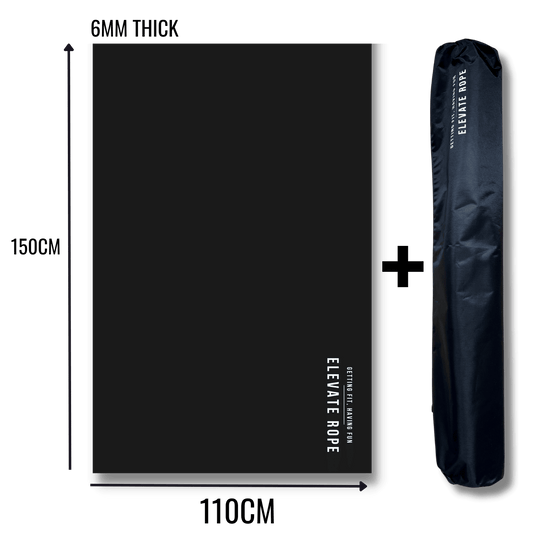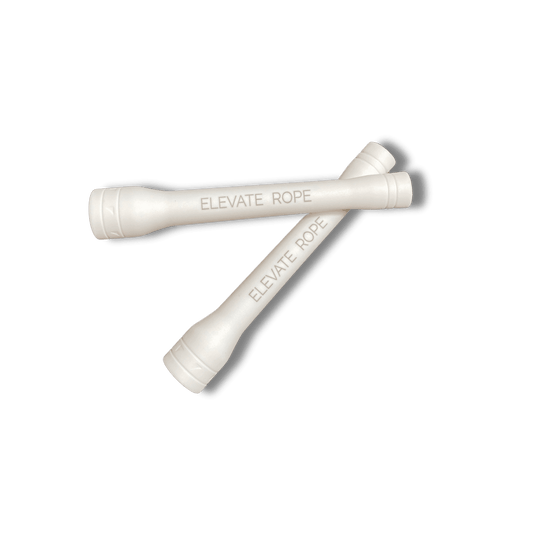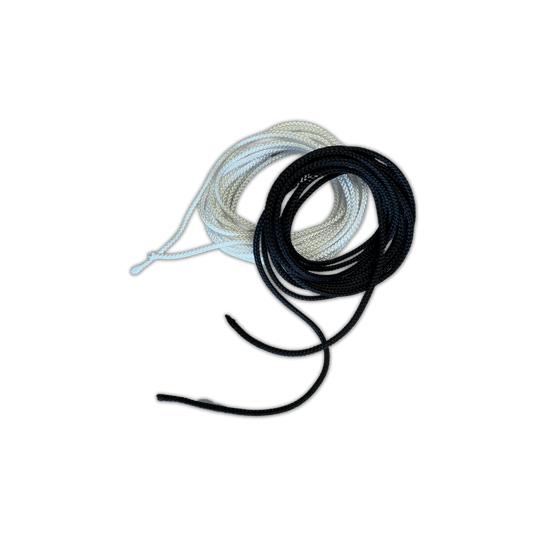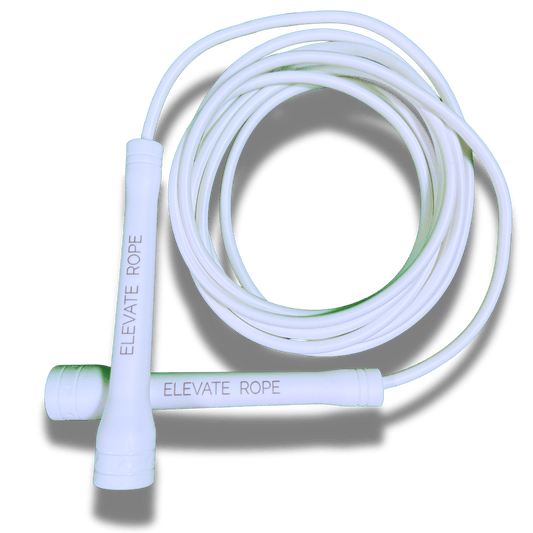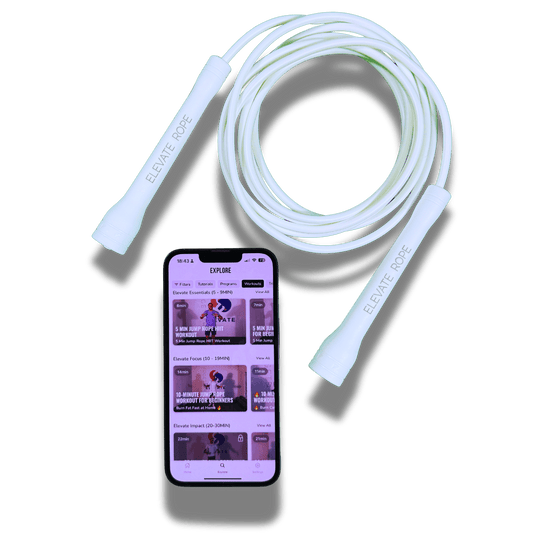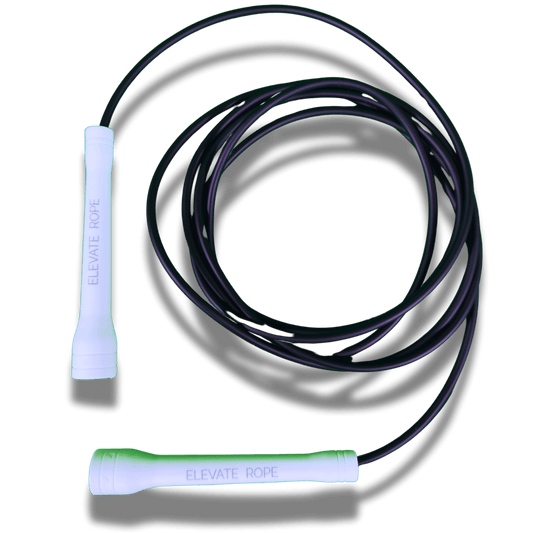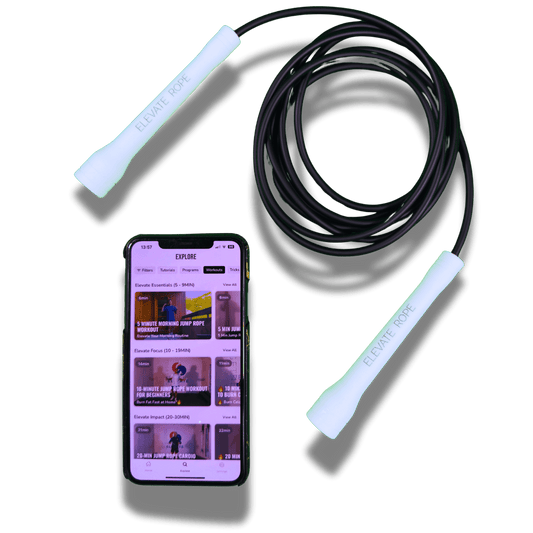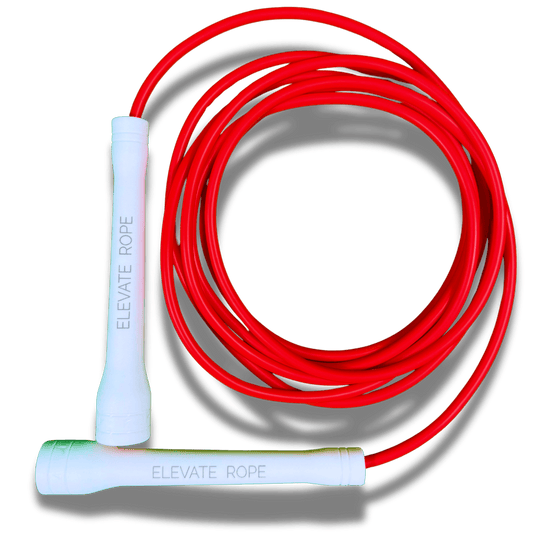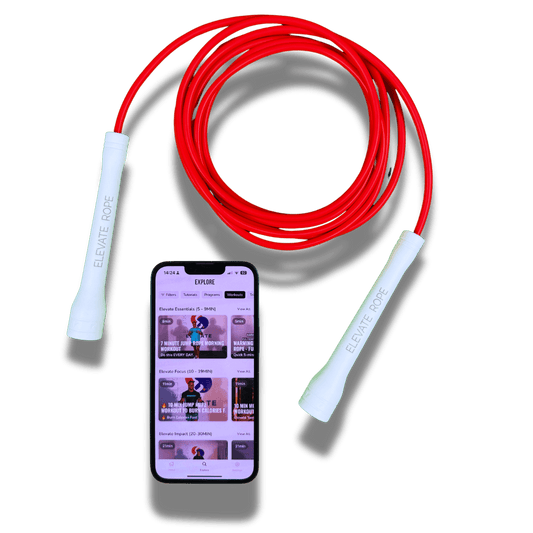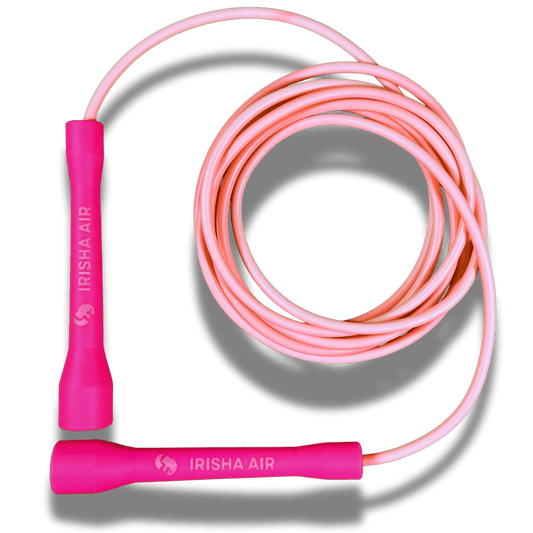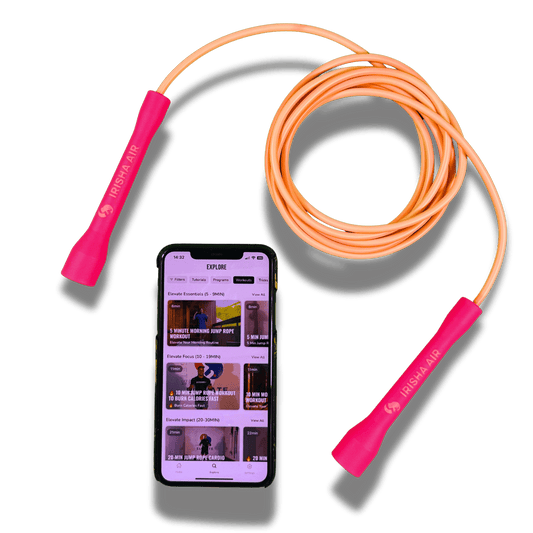Why Your First Rope Choice Is Crucial
When you first start skipping rope, it’s easy to underestimate the importance of using the right jump rope . Most beginners make the mistake of choosing a rope that’s too fast, too long, or simply uncomfortable — and end up frustrated, tangled, or even injured.But with the right rope? Everything changes. You’ll learn faster, improve your timing, and enjoy your workouts more. A beginner-friendly rope builds confidence, consistency, and control.This guide breaks down everything you need to know — rope types, sizing, grip, material, and expert recommendations.

🎯 Step 1: Know Your Purpose
Before picking a rope, ask yourself:
- Do you want to improve cardio fitness, strength, or coordination?
- Are you interested in freestyle footwork, HIIT, or fat loss?
- Will you train indoors, outdoors, or both?
- Are you just trying to get moving or train seriously?
Knowing your goal will guide your decision. Different ropes support different results.
🧱 Step 2: Pick the Right Rope Type
There are three main types of jump ropes ideal for beginners:
🟢 Beaded Jump Ropes
- Made of durable plastic beads over a nylon core
- Heavier and more audible during rotation
- Slower, making timing easier
- Great for beginners learning rhythm, freestyle, or footwork
🧠 Ideal for: New jumpers who want control and visual feedback.
🟡 PVC (Speed) Ropes
- Lightweight and fast
- Smooth rotation
- Requires good timing and wrist control
- Better for cardio and fast-paced skipping
🧠 Ideal for: Beginners with a bit of rhythm or coordination looking for cardio.
🔴 Weighted Ropes
- Added weight in the rope or handles
- More resistance for upper body strength
- Slower rotation, helps you feel the rope
- Builds muscle endurance and burns more calories
🧠 Ideal for: Beginners focused on strength, conditioning, or body recomposition.📚 Compare in-depth: Weighted vs Speed Ropes
📏 Step 3: Get the Right Length
The right length is essential — too long = tangles, too short = trips.
✅ Rope Length Guide
Stand on the center of the rope with one foot. Pull the handles up.
- The top of the handles should reach your armpits for general use.
- For advanced skippers, the handles can reach the lower chest.
| Your Height | Recommended Rope Length |
| < 1.60 m | 2.45 m (8 ft) |
| 1.60 – 1.80 m | 2.75 m (9 ft) |
| > 1.80 m | 3.05 m (10 ft) |
✂️ Choose an adjustable rope for a perfect fit and future improvement.
✋ Step 4: Choose Comfortable Handles
A rope is only as good as how it feels in your hands.
Look for:
- Ergonomic grip to reduce hand fatigue
- Anti-slip materials (especially if you sweat)
- Smooth rotation with ball bearings or swivel joints
- Avoid foam-only grips that wear out quickly
The better the handle, the longer you’ll want to jump — and the less risk of injury to your wrists.
🌦️ Step 5: Match Rope to Environment
Indoor use:
- PVC ropes are lightweight and smooth
- Avoid beaded ropes if you’re worried about noise
Outdoor use:
- Beaded ropes are more durable on pavement
- PVC ropes can wear down quickly outdoors
- Weighted ropes handle both environments well
📍 Tip: Jumping outdoors? Check our Daily Rope Routine for ideas.
🚫 Step 6: Avoid These Common Buying Mistakes
- ❌ Choosing based on looks or color only
- ❌ Buying the cheapest rope without checking reviews
- ❌ Getting a rope too advanced for your skill level
- ❌ Ignoring handle quality or grip
- ❌ Failing to check rope length or adjustability
👉 Make sure the rope fits your current level — not where you wish you were.
🛍️ Our Top Picks for Beginners (from Elevate)
Here are 3 go-to beginner ropes:
- 🟢 Beaded Rope MAXGreat for beginners and freestyle footwork
- Great for beginners and freestyle footwork
- ⚪ PVC Flow RopeLight, fast, and perfect for learning combos
- Light, fast, and perfect for learning combos
- 🔴 Weighted Power RopeIdeal for strength training and fat burn
- Ideal for strength training and fat burn
Each is adjustable, durable, and designed for real progress.🧰 Need help choosing? Use our rope finder tool on ElevateRope.com.
Extra Section: Building Confidence with Jump Rope Training
Starting your fitness journey with a rope might feel intimidating, but it’s one of the easiest and most effective tools you can add to your workout routine. Unlike expensive gym machines, a rope is lightweight, portable, and budget-friendly, making it the perfect piece of equipment for anyone starting out.
One of the main benefits of using a rope is how quickly it helps you improve your coordination. Every turn of the rope requires timing between your wrists, legs, and feet. Beginners often trip in the first few sessions, but that’s completely normal. With just a few minutes of practice each day, you’ll notice dramatic improvements in rhythm, balance, and overall athletic ability.
Another advantage of jump rope training is calorie burn. Studies show that just 10 minutes of consistent skipping can burn the same calories as running a mile. For people who don’t enjoy jogging or don’t have access to a gym, jump rope workouts are an efficient way to build endurance and stamina. The intensity can be easily adjusted — whether you’re doing slow, steady jumps or mixing in high knees and double-unders for a challenge.
Jump rope also strengthens your lower body. Your calves, quads, hamstrings, and ankles are constantly engaged, which builds both strength and stability. Over time, this reduces the risk of injuries not only in rope training but also in other sports and daily activities. Adding in weighted ropes can take this one step further by challenging your arms, shoulders, and back.
If you’re looking to stay consistent, variety is key. Instead of only using a basic bounce, experiment with side swings, crossovers, and alternating steps. These jump rope variations keep your sessions exciting and help you avoid boredom. You can even build mini-routines, such as 30 seconds of high knees followed by 30 seconds of rest, then repeat. This turns your jump rope into a powerful tool for interval training.
Finally, don’t underestimate the mental benefits. Jump rope workouts are fun, engaging, and rewarding. Each new skill you master boosts confidence and motivates you to keep going. Unlike long, repetitive cardio sessions, skipping rope brings energy and playfulness to your training.
📚 Learn More and Level Up
Want to become a confident jumper? These guides will help:
- ➤ Jump Rope Workout Plan
- ➤ Jump Rope Mistakes to Avoid
- ➤ Rope Skipping for Beginners
- ➤ Best Jump Ropes for Beginners
- ➤ Jump Rope for Weight Loss
🎬 Final Tip: Start Simple and Stay Consistent
Choosing the right rope is your first big step. But don’t overthink it.🎯 Get a rope that feels good in your hands, matches your goals, and fits your height. Start jumping a few minutes a day, track your progress, and build the habit.👉 Get Your First Rope at Elevate
👉 Download the Elevate App
👉 Follow Geraldo Alken on YouTube
